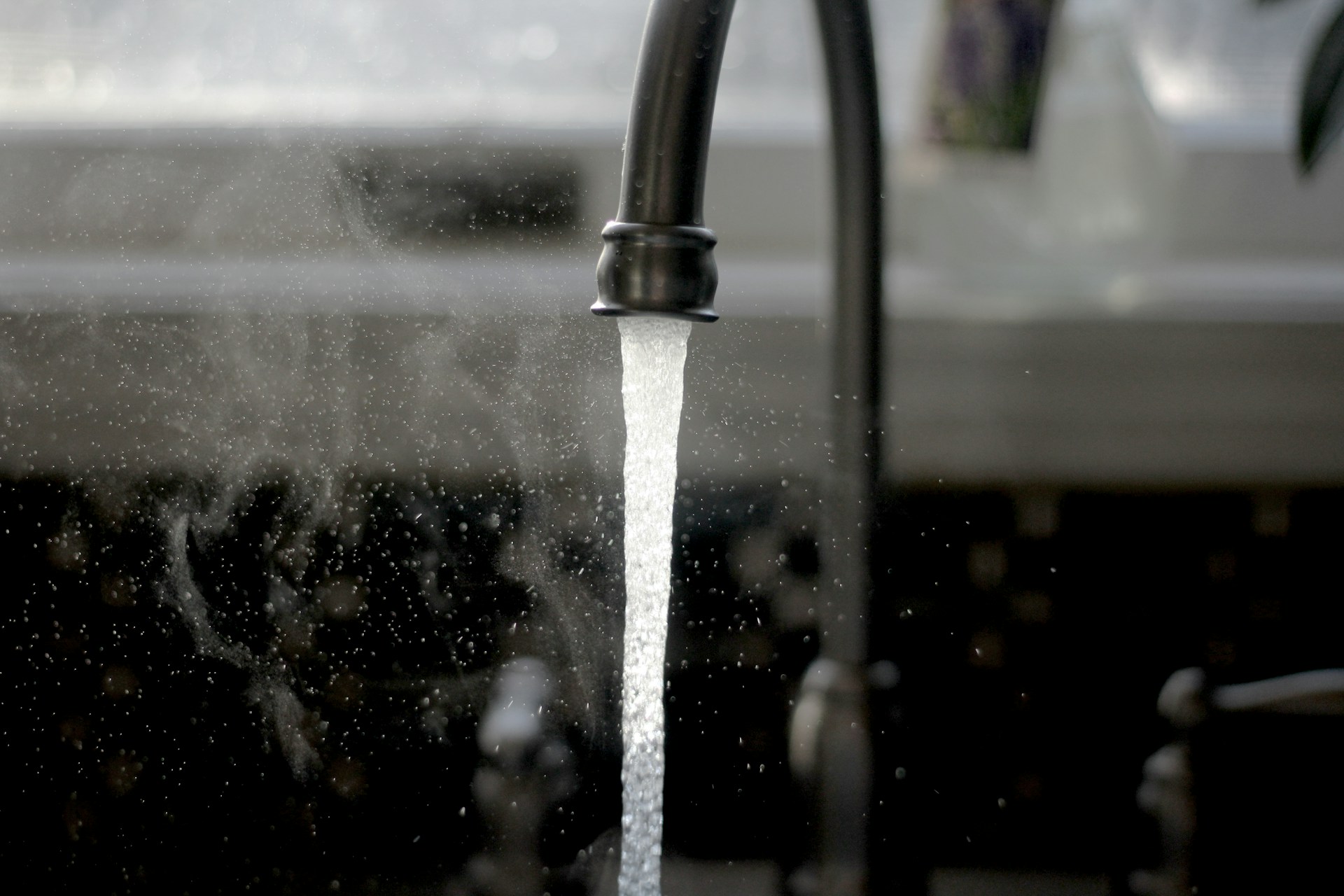
Comment Editor Yankie Chow explores the procedures involved in treating UK drinking water, as well as the environmental threats to its safety
The UK’s drinking water is sourced from many locations including rivers, groundwater aquifers, reservoirs, and sometimes directly from the sea, toward the taps of every home. Cleaning water from raw water sources often involves removing contamination from the atmosphere, industry, or agriculture, making sure it is safe enough to drink. Yet, after testing has taken place, results show that drinking water in certain parts of the UK is unsafe. So, should we still drink tap water?
The UK water industry treats 15.315 million litres per day and supplies it directly to almost every household across the country; UK water is tested to some of the highest levels globally, and the water passes over 99.95% of these tests. The treatment works to ensure the water is treated for chemicals such as pesticides and other synthetic chemicals, phosphorus, nitrates, and organic chemicals, through multiple stages of treatment. These include filtration, activated carbon treatment, ion exchange, reverse osmosis, and membrane filtration to control the temperature, pH levels, clarity, and colour – to make sure that water looks and tastes appropriate.
Treatment also involves removing bacteria, viruses, and pathogens which pose threats to human health, ensuring it is safe to drink. Yet, even though there is a wide range of procedures taking place on tap water, test results showed that there is a possibility of deterioration in the quality of drinking water in some areas; people may be encouraged not to use their water supply for drinking, cooking or brushing their teeth because of potential hazards to their health.
UK water is tested to some of the highest levels globally, and the water passes over 99.95% of these tests
Clean water is delivered to customers through an expansive network of pipes, underground storage tanks, and water towers. The storage tanks and towers act similarly to rechargeable batteries of clean water, allowing us to treat water overnight – ready for when the UK wakes up to take a shower each morning. Therefore, the level of water safety differs in places across the UK. The quality of water is measured by the Drinking Water Inspector to ensure water is clean and safe.
According to a taste test from a survey by Tapp Water, it shows that the top five UK regions for water include Scotland, South West (Bristol), Yorkshire and the Humber (Leeds), Northern Ireland (Belfast), and Wales (Cardiff) because of the soft water in the regions. Meanwhile, it also revealed the five worst places across the UK for tap water taste, which include East of England (Norwich), East Midlands (Leicester), South East (Southampton), Greater London (London), and West Midlands (Birmingham), which all happened to be areas with ‘hard’, mineral-rich water.
One of the reasons for increased awareness of water safety is climate change. The changing climate means we will need to continue to respond to rising temperatures, increasing amounts of toxic algae in surface water sources, and more intense rainfall which washes more contaminants into rivers. A lot of events related to climate change such as warming, and changes in frequency and intensity of extreme events, slowly impact the environmental and societal effects of the water cycle.
On the other hand, the increase of fluctuation in weather conditions such as floods and drought also contributes to the problem and affects the water security of the country. Future industry plans set out the new treatment processes, water storage, and water resources investments needed to maintain high-quality drinking water for decades to come.
A lot of events related to climate change…slowly impact the environmental and societal effects of the water cycle
Another reason is the ageing of the infrastructure of the water pipes. As pipes age and begin to break, water loss from leaking pipework is one of the biggest challenges faced by all water utilities. In the UK and Europe, pipes which were laid down over 100 years ago are beginning to deteriorate.
These pipes are often located in hard-to-reach areas beneath our towns and cities, making them difficult to maintain and repair. The leaks are hard to detect and identify because 30-50% of the leaks are small, background leaks. Because of this ageing infrastructure which causes leaks in pipes, the UK is losing a staggering three billion litres of water every day.
The safety of supplied drinking water is affected by the ageing of the infrastructure of the pipes and climate change. But with the UK’s rigorous water tests, the water in the UK is still generally considered safe for us to use.
Enjoyed this article? Read more from Sci&Tech:
Raising Awareness of MS: An Interview with Sameerah Connor
Comments